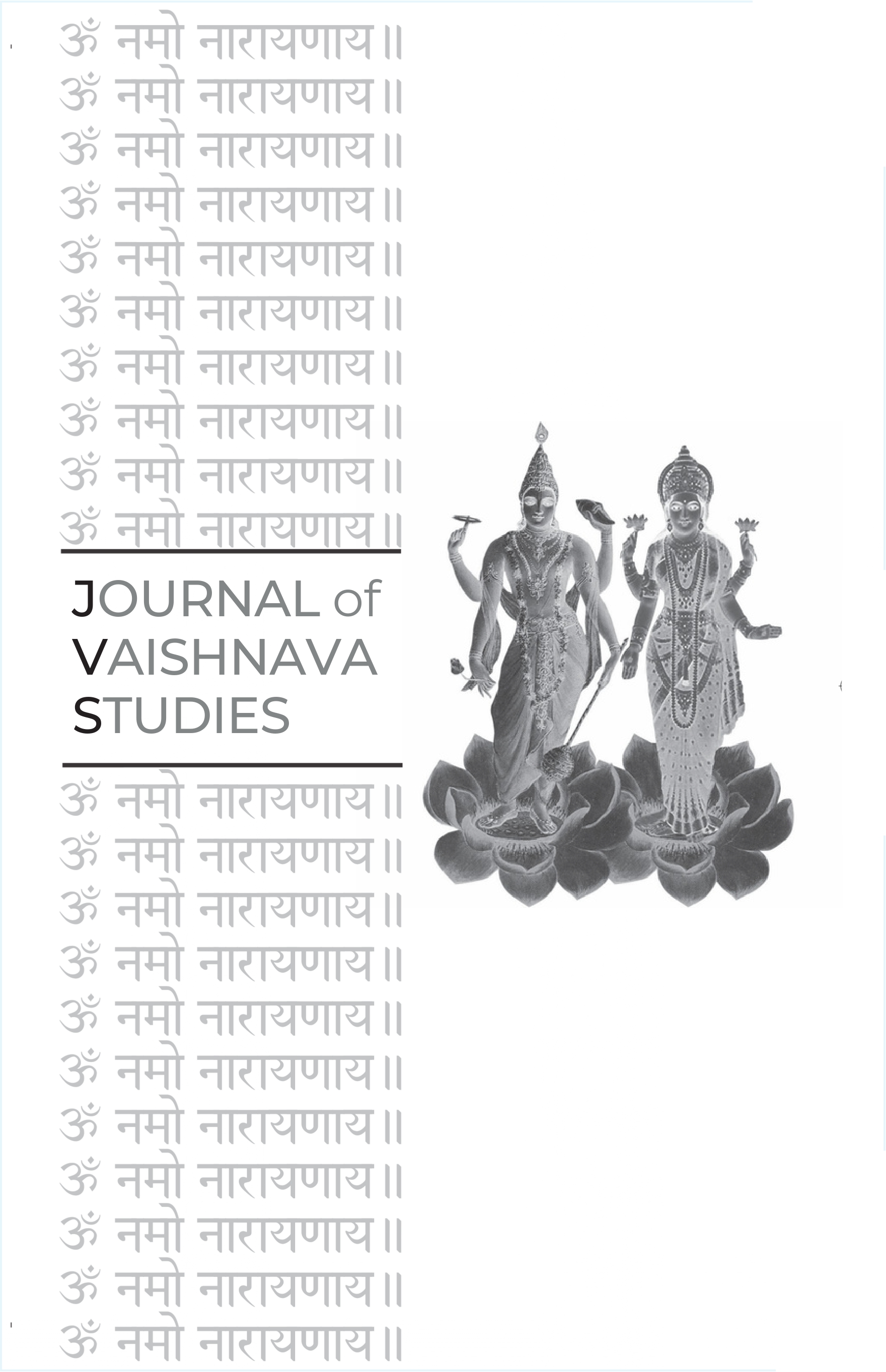From Bhagvat-Geeta to Bagger Vance
Keywords:
Bhagavad Gītā, Western reception, Charles Wilkins, spiritual globalization, dedifferentiation, Emerson, Thoreau, Edwin Arnold, Bagger Vance, artistic reinterpretationAbstract
Catherine Robinson’s "From Bhagvat-Geeta to Bagger Vance" explores the evolving reception of the Bhagavad Gītā in the West, highlighting how the text’s spiritual gravitas and artistic resonance have been interpreted through shifting modern and postmodern lenses. Beginning with Charles Wilkins’ 1785 English translation and Warren Hastings’ Enlightenment-era advocacy, the article traces the Gītā’s journey from a textual curiosity to a global spiritual “classic.” Robinson employs Paul Heelas’ framework of dedifferentiation to frame how the Gītā transcends religious and cultural boundaries—whether through modern universalist readings (perennialism) or postmodern eclecticism (personal spiritual synthesis). She examines artistic and literary responses to the Gītā, including works by Edwin Arnold, Emerson, Thoreau, and E. M. Forster, culminating in contemporary cinematic retellings like The Legend of Bagger Vance. The essay argues that such reinterpretations reflect broader trends in globalization, spirituality, and intertextual creativity, positioning the Gītā as a text of enduring relevance and inspirational adaptability within Western consciousness.Published
2007-12-13
Issue
Section
Articles





